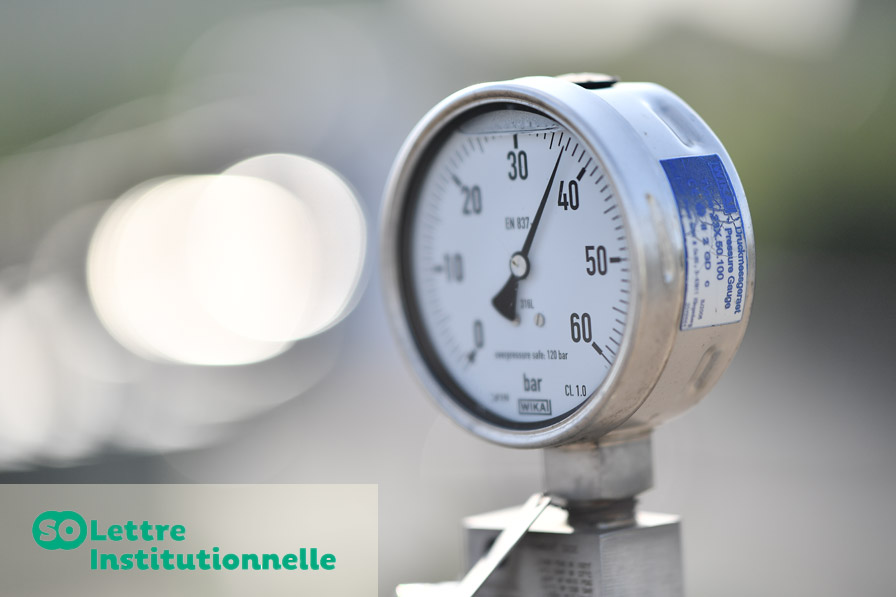Ensuring the security of gas supply in France

From changes in the rules on storage in France to an increase in LNG (liquefied natural gas) reception capacity, and accelerated development of renewable gas: find out all about the measures planned to secure our gas supply.
New storage rules in France
According to a new governmental order, provided for by the Purchasing Power Law of 16 August 2022, storage operators will be able to fill their stocks themselves should it prove necessary. “Where the level of storage capacity contracted by natural gas suppliers or their level of use indicates that filling will be lower than the minimum objective set in the filling trajectory, the Minister of Energy shall order the operators of these infrastructures to constitute the security stocks necessary to meet this minimum objective.” In other words, operators will be able to use non-contracted capacities at their facilities and mobilise, if necessary, the unused part of capacities effectively contracted. The gas stock filling campaign for Winter 2022/2023 proceeded without these new rules’ needed to be applied.
An increase in LNG reception capacity
The connection of a Floating Storage and Regasification Unit (FSRU) in the port of Le Havre is expected to increase capacity by around 45 TWh per year, with commissioning scheduled for September 2023. The objective is to improve the resilience of the gas system in France. GRTgaz will be in charge of connecting the facility to the grid, with the creation of a 3.5 km pipeline and the equipment needed to guarantee the reheating, odorisation and pressure regulation functions at the floating terminal’s delivery output point.
Speeding up the development of renewable gases
Renewable gases are energies produced locally, in the regions, which make it possible to increase energy sovereignty. The gas industry proposes to increase the production targets for renewable / low-carbon methane to 60 TWh/year by 2030: 50 TWh from methanisation and 10 TWh from innovative methane channels. Approximately 20 TWh of renewable or low-carbon hydrogen will be added to these 60 TWh, thus making it possible to take the proportion of renewable/low-carbon gases in the energy mix to 20% by 2030.
Publications
